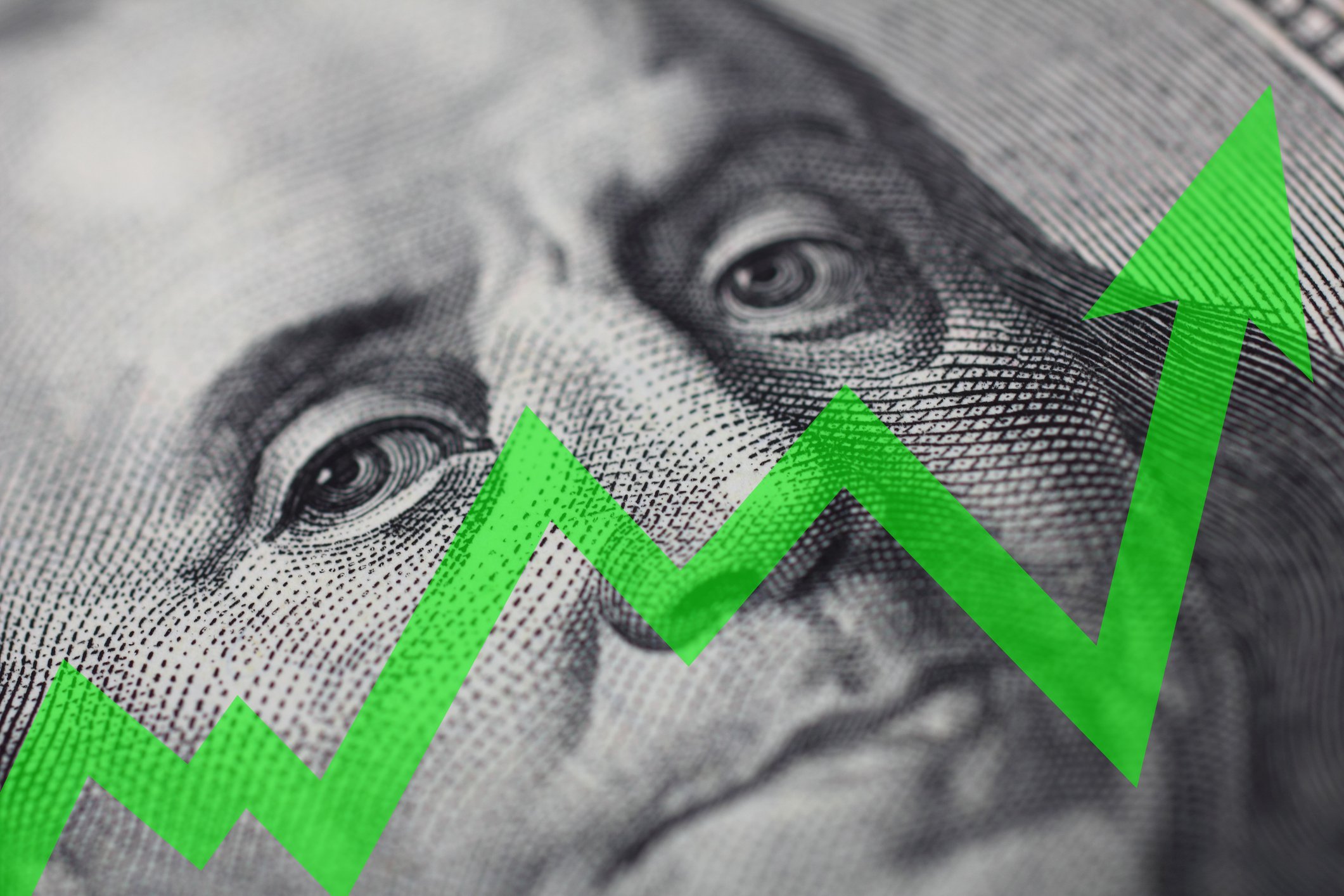Amazon (AMZN 2.45%) CEO Jeff Bezos is notorious for keeping his best ideas out of the public eye.
The leader of America's largest e-commerce company rarely does public-facing interviews, and it's hard to blame him. Bezos is legendary for his forward-looking vision and his relentless execution of his long-term strategy. Providing a roadmap of where Amazon is heading would be an open invitation for competitors to copy him, which could commoditize one of the company's biggest advantages.
But every now and then, we get a taste of what Bezos is working on behind the scenes. And when one of the world's best strategists shows his cards, it's worth it for investors to take notes.
That's exactly what happened five years ago when Amazon shelled out $775 million to acquire Kiva Systems. At a time when many robotics companies were still just fiddling around in their research and development labs, Bezos was loosening his purse strings and making the largest robotics acquisition the world had ever seen.
The deal intuitively made sense. Amazon ships a lot of products out of its warehouses. Any incremental improvements to efficiency would provide a bump to its operating margin.
But today, a half-decade later, we're beginning to see how brilliant Amazon's Kiva acquisition has turned out to be -- and the high price tag may have turned out to be a bargain after all.

Image source: Getty Images.
The customer obsession
Before we crunch the numbers, keep in mind that everything Amazon does is based on improving customer satisfaction. The company's obsession with providing selection, convenience, and price has rewarded it with intense customer loyalty over the years. Amazon Prime members gladly renew their $99 annual memberships each year, providing a dependable cash flow that has carved a wide and deep moat against other e-commerce competitors.
The Kiva deal was done to enhance Amazon's competitive advantage. Each of Amazon's distribution centers processes tens of thousands of orders each day, and each contains a mishmash of uncorrelated items (think power tools mixed in with Justin Bieber pillows and Nicolas Cage movies). Amazon's warehouses are kind of like your family "dividing and conquering" and shopping in different sections of a retail store...but multiplied by 10,000 other families in the same place on the same day. There are a lot of items to keep track of, requiring robotic assistance to keep all the commotion under control.
But there's another, less obvious advantage to the acquisition. Kiva had other retail customers that were also using its robots, and Amazon immediately discontinued their relationships. This left a technology gap in the industry -- where other e-tailers were locked out from Amazon's best-in-class robotic technology -- and it helps to explain why we haven't seen any other competitors scale as quickly.
What it's worth
Amazon Robotics' chief technologist Tye Brady mentioned at July's TechCrunch Sessions: Robotics conference that the company now has nearly 80,000 robots deployed in 25 fulfillment centers. Based on reducing order times and improving throughput, early analysis by Deutsche Bank suggested that the Kiva robots were saving nearly $22 million for each warehouse that deployed them.
Let's expand those numbers to the bigger picture. Amazon has nearly 140 existing and planned fulfillment centers across the U.S. and Canada. With 115 locations that have not yet deployed the bots, saving $22 million per location would total an additional $2.5 billion in savings annually.
That's a really big number, which may not yet be fully appreciated by the market. Amazon spent nearly $18 billion on fulfillment last year, so the robots alone could save the company nearly 20% of its annual operating expenses.
Even though the robots work for free (at least for now), they can't be installed for free. Kiva installations cost around $15 million per location, so it would cost nearly $1.7 billion of capital to fully deploy at the 115 locations. Comparing the $15 million in one-time costs to $22 million of recurring annual savings, Amazon's payback period for its Kiva robots would be somewhere around eight months. That's an extremely favorable capital allocation decision.
Let's take the math one step further. Companies make NPV (net present value) capital allocation decisions like this one to create value for shareholders in present-day terms. After all, we want to know what kind of value these robots will create for us if we're willing to buy shares for $1,000 today. To figure that out, investors discount future cash flows to determine what the value is in present-day terms.
Back-of-the-envelope, let's assume that Amazon was to immediately pony up the $1.7 billion to fully deploy Kiva robots in all warehouse locations. Let's also say the company begins to realize $2.5 billion in annual savings exactly one year after deploying, that Amazon has an 8% cost of capital, and that the robots' useful life is 10 years.
The impact would be $15 billion of present value created for Amazon's shareholders: an absolutely incredible amount of wealth creation, which more than justifies the $775 million cost of acquiring Kiva back in 2012.
The Foolish bottom line
Amazon's market cap is approaching $500 billion, so the net benefit of fully deploying robots could justify an additional 3% increase in the stock price. That might not sound like a lot, as the law of large numbers illustrates how much harder it is for large companies to choose projects that have a meaningful impact.
But we shouldn't dismiss the awesomeness of Amazon creating $15 billion of shareholder value from this single acquisition. For context, $15 billion is more than twice the market cap of Macy's or almost ten times that of J.C. Penney. Bezos hit an absolute home run with Kiva, highlighting yet another example of the visionary, long-term, and shareholder-friendly thinking that we've come to love and expect from Amazon.






